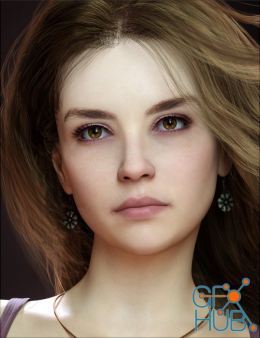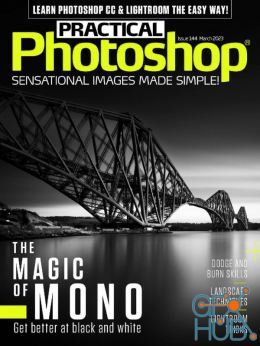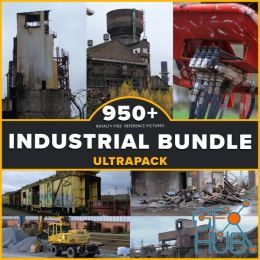Video Tutorials
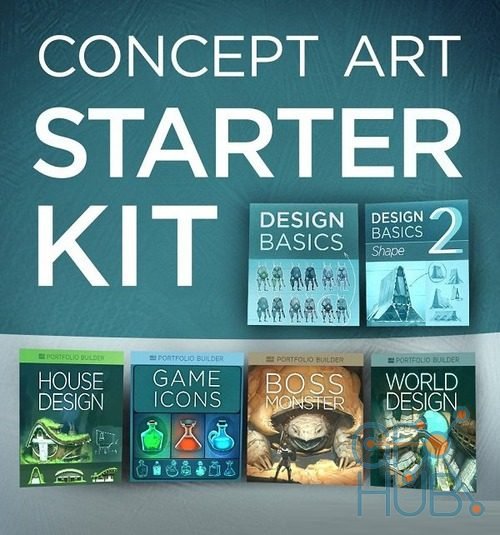
Ctrl+Paint – Digital Sketching Starter Kit | 3.18 GB
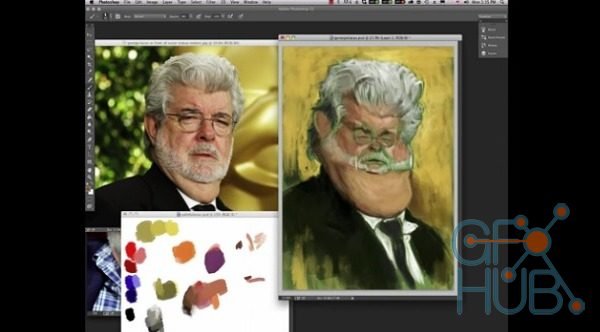
Gumroad – Painting in COLOR Darth Seiler paints Georgie Boy | 390 MB
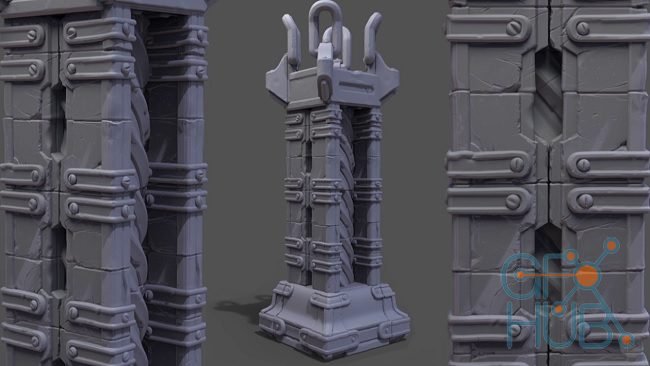
Video сourse: Sculpting Modular Structures in ZBrush Modular structures can be tricky to create, but they don’t have to be. In this course, Sculpting Modular Structures in ZBrush, you’ll get a good understanding on how to sculpt while still thinking modularly. First, you’ll learn how to use array meshes inside of ZBrush for modularity. Then, you’ll learn how to sculpt believable stone and learn how to differentiate metal sculpting from stone.
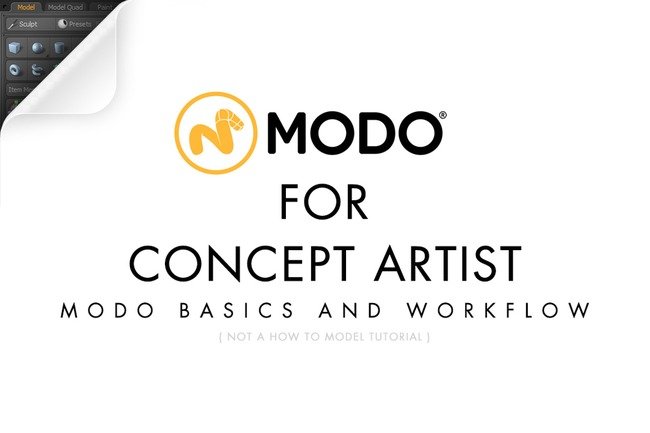
MP4 1920x1080 | 1h 19m | ENG | Project Files | 4.17 GB
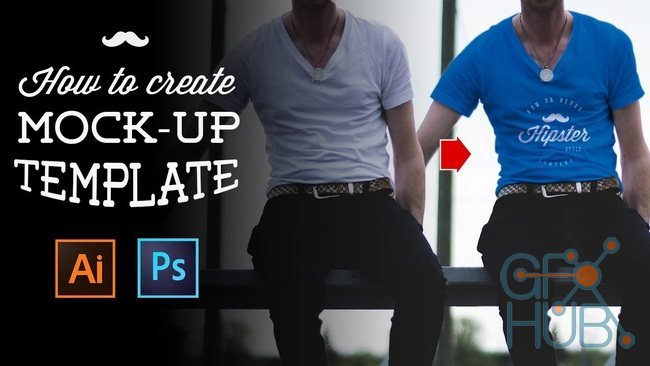
MP4 1920x1080 | 0h 48m | ENG | Project Files | 559 MB
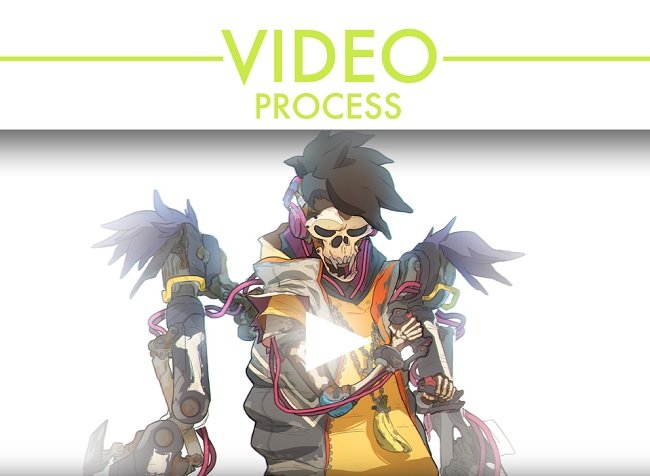
MP4 1920x1080 | 24m | ENG | 1.72 GB
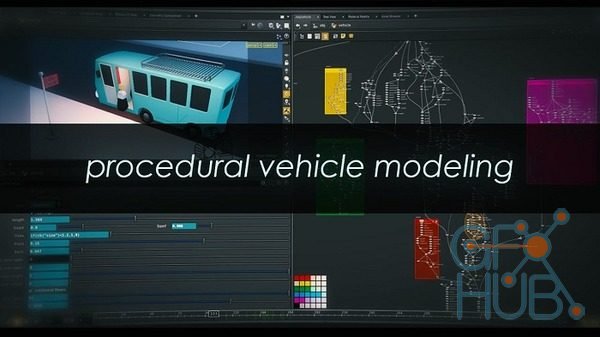
MP4 1280x720 | 3h 53m | ENG | Project Files | 1.09 GB
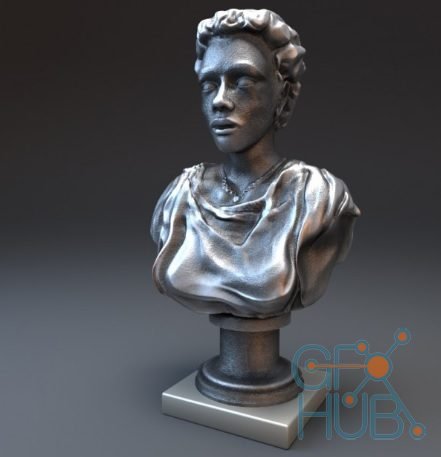
MP4 1920x1080 | 7h 42m | ENG | Project Files | 2.7 GB
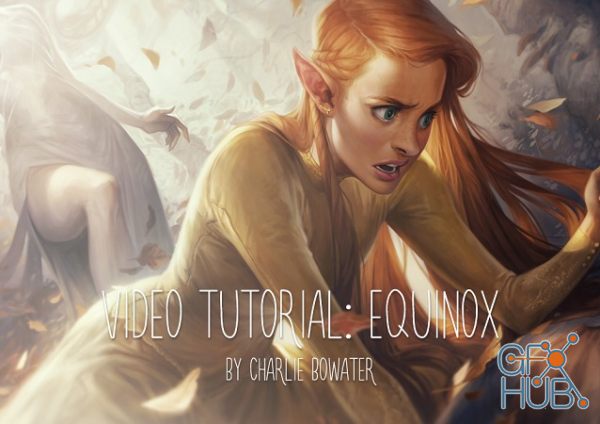
A video tutorial covering the full process of Equinox in Photoshop from start to finish. 1.15 hour video covering the composition, rough thumbnail, colour, layer effects etc, everything that went into the painting.
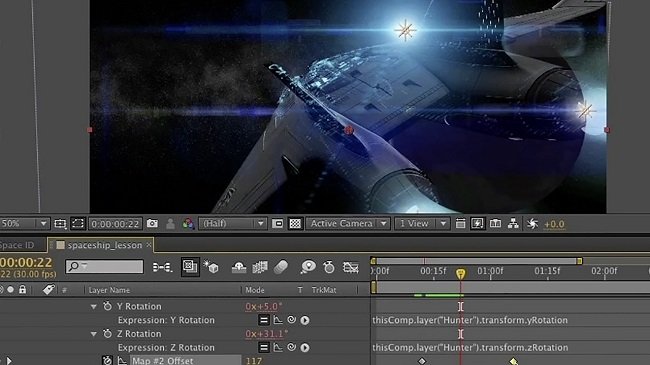
MP4 1280x720 | 7h 59m | ENG | Project Files | 4.18 GB
New Daz3D, Poser stuff
New Books, Magazines
 2016-08-7
2016-08-7

 2
2


